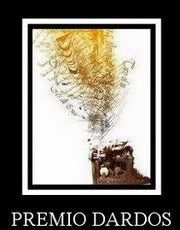Remember, you can download the entire pack here.
When you have finished the first draft, READ IT THROUGH. If you are in any doubt about the grammar, read it aloud. Have you done a spell check? Have you done a bibliography? Have you numbered and captioned the illustrations? Have you included a word count?
Avoiding Cliché
Here are some common words and phrases that are often misused:
In stark contrast: What is so stark about the contrast? Are you sure it is not just simply a bit different?
Portray: To portray something means to make a portrait of a name individual or thing. By extension, the word can be used metaphorically: thus "James' novel, Washington Square is a portrait of New York society in the 1880's. But this use of 'portray' has become a cliché, and bad writers, unaware of the metaphorical meaning, now use it relentlessly when they really mean 'represent', 'depict', 'show'.
Deeply personal: This is often used as the ultimate term of praise for any sort of artwork. But what does it mean? If you mean that the subject of the work is private life, or intimate experience then say so. It is helpful to remember that everyone experiences love, death, birth etc, but far fewer people can make good art about these experiences. If it is good art it works because it taps into the common realm of such experiences, otherwise we would not be able to understand it.
Capturing the essence: Image-makers do not capture essences of things: they make representations. Image-making is an artificial process; ideas for artworks are not hanging in the air, waiting to be 'captured': the most apparently spontaneous work may involve years of effort. talking about 'capturing essences' mystifies this effort, which should be the real subject of your analysis. Lens-based art is particularly liable to fall victim to this kind of mystification. Instead of saying, for example, that Gillanders' photograph of the poet Ian Hamilton Finlay 'captures the great mans essence', you should consider the portrait as an image which invokes other images; i.e. which deliberately places this image of MacLean in well-known traditions: the Romantic 'Great man' (e.g. Rodin's Thinker), the head of the prophet (e.g. Michaelangelo's Moses).
Monday, March 02, 2009
Subscribe to:
Post Comments (Atom)








1 comment:
Many institutions limit access to their online information. Making this information available will be an asset to all.
Post a Comment